Stay Ahead of the Curve
Latest AI news, expert analysis, bold opinions, and key trends — delivered to your inbox.
Browser Use, the tool making it easier for AI ‘agents’ to navigate websites, raises $17M
4 min read Browser Use raised $17 million to improve AI agents' ability to navigate websites by converting web elements into a structured format. Unlike vision-based models that struggle with site changes, this approach ensures more reliable and cost-effective AI interactions. Founded in 2024, the company gained attention when Chinese startup Butterfly Effect used its technology in a viral AI tool. With over 20 Y Combinator startups integrating its solution, Browser Use aims to become a leader in AI-driven web automation. March 24, 2025 12:39
As AI-powered agents become more sophisticated, one key challenge remains—helping them interact with websites as efficiently as humans. Enter Browser Use, a startup that has developed a tool to make web navigation more “readable” for AI agents. The company has now raised $17 million in seed funding, led by Felicis’ Astasia Myers, with support from Paul Graham, A Capital, and Nexus Venture Partners.
Solving a Major AI Navigation Challenge
Most AI agents struggle to navigate websites because they rely on vision-based models, which analyze screenshots rather than understanding a site’s structure. Browser Use breaks down a website’s elements—buttons, links, and text—into a structured format that AI can better process.
“A lot of agents rely on vision-based systems, but things break when websites change,” said co-founder Magnus Müller. “We convert sites into something agents can understand, so tasks can run reliably and at a lower cost.”
This approach has already caught the attention of major AI startups, with 20+ companies from the current Y Combinator batch integrating Browser Use into their workflows.
A Viral Success Story
Founded in 2024 by Magnus Müller and Gregor Zunic at ETH Zurich, the startup first gained attention when Chinese startup Butterfly Effect used Browser Use in its viral Manus AI tool.
The duo built a working demo in just five weeks, then open-sourced the project—further accelerating adoption.
The Future of AI Agents & Browser Use
With AI agents increasingly being used for web automation, research, and customer service, Browser Use sees itself as a fundamental layer in this ecosystem.
“Companies are now coming to us, asking, ‘How can we make it easier for agents to navigate our site?’” Müller shared.
With sites like LinkedIn frequently changing layouts, agents often fail at completing tasks. Browser Use aims to fix this by providing AI with a stable, structured way to interact with the web.
Why Investors Are Excited
Felicis’ Astasia Myers believes Browser Use is positioned at the forefront of a massive shift:
“Web AI agents are the next frontier in automating human tasks,” she said. “They serve as a bridge between static pre-trained models and the ever-changing web.”
With fresh funding and growing adoption, Browser Use is on track to become a core building block for AI-driven web navigation.
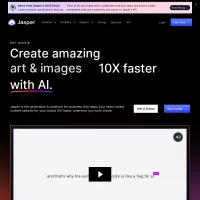
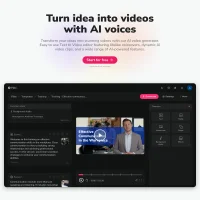
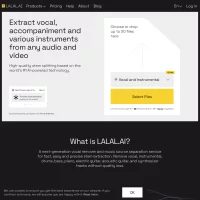
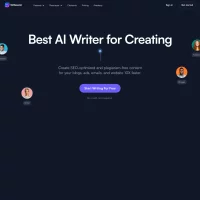
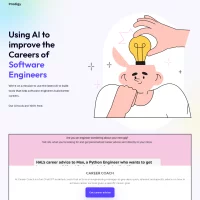
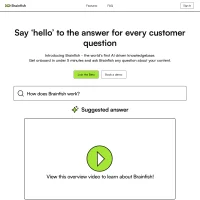
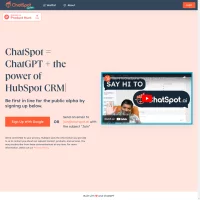
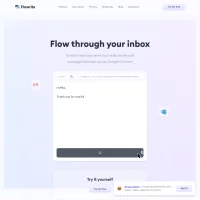
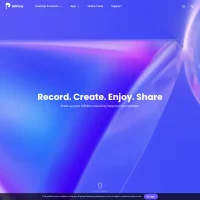
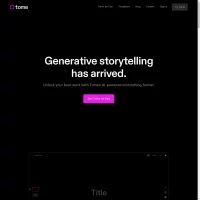
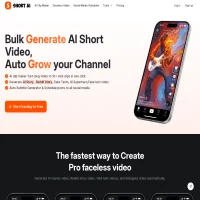

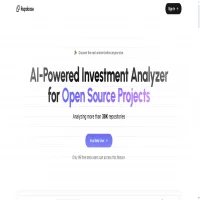
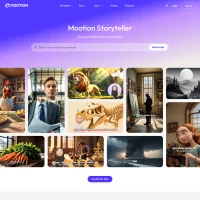
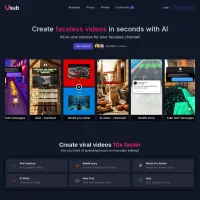
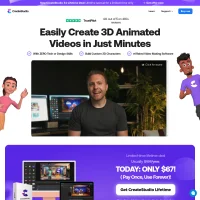

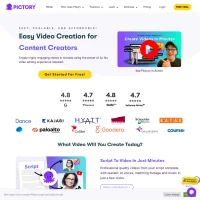
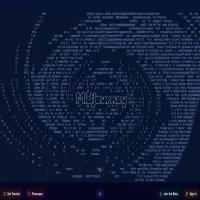
 AI Agents
AI Agents